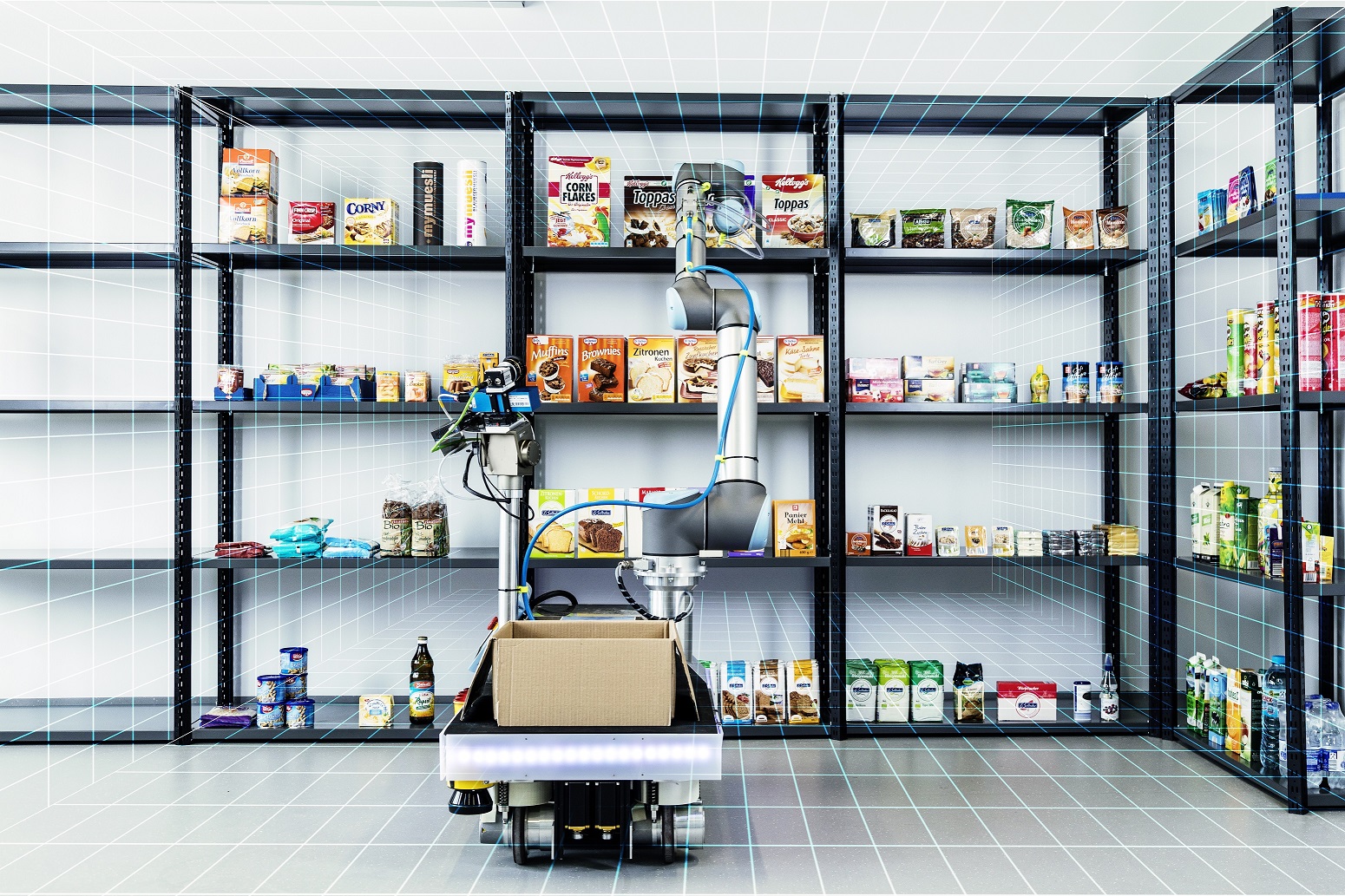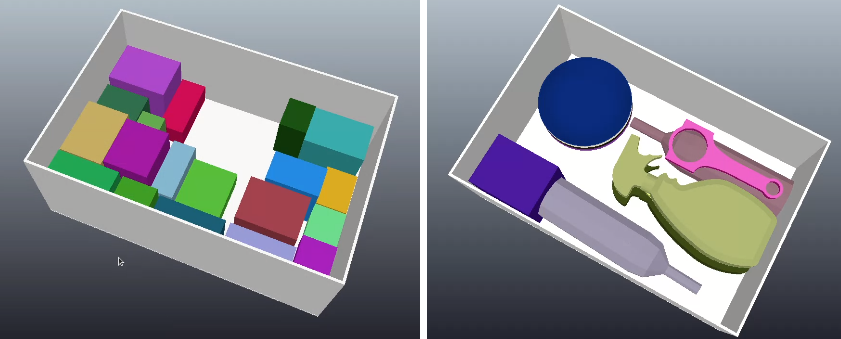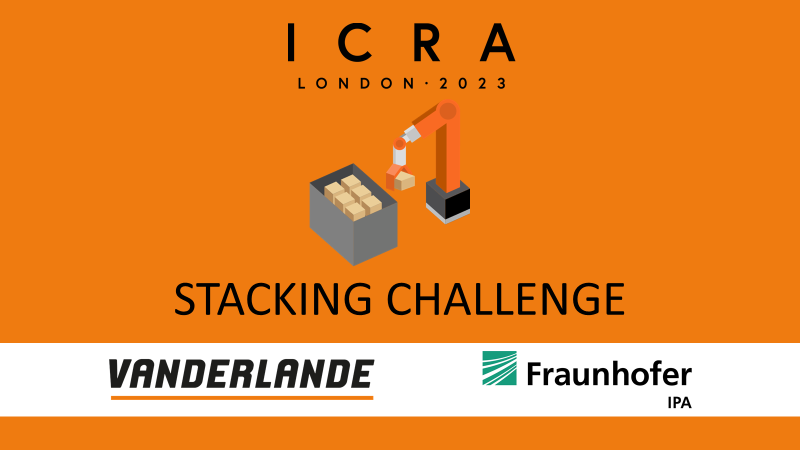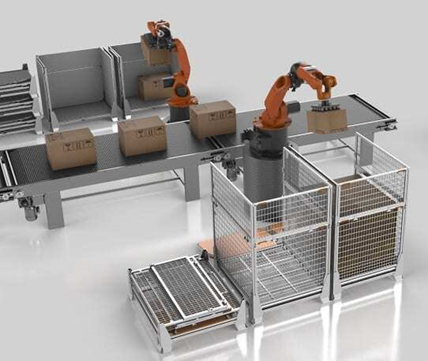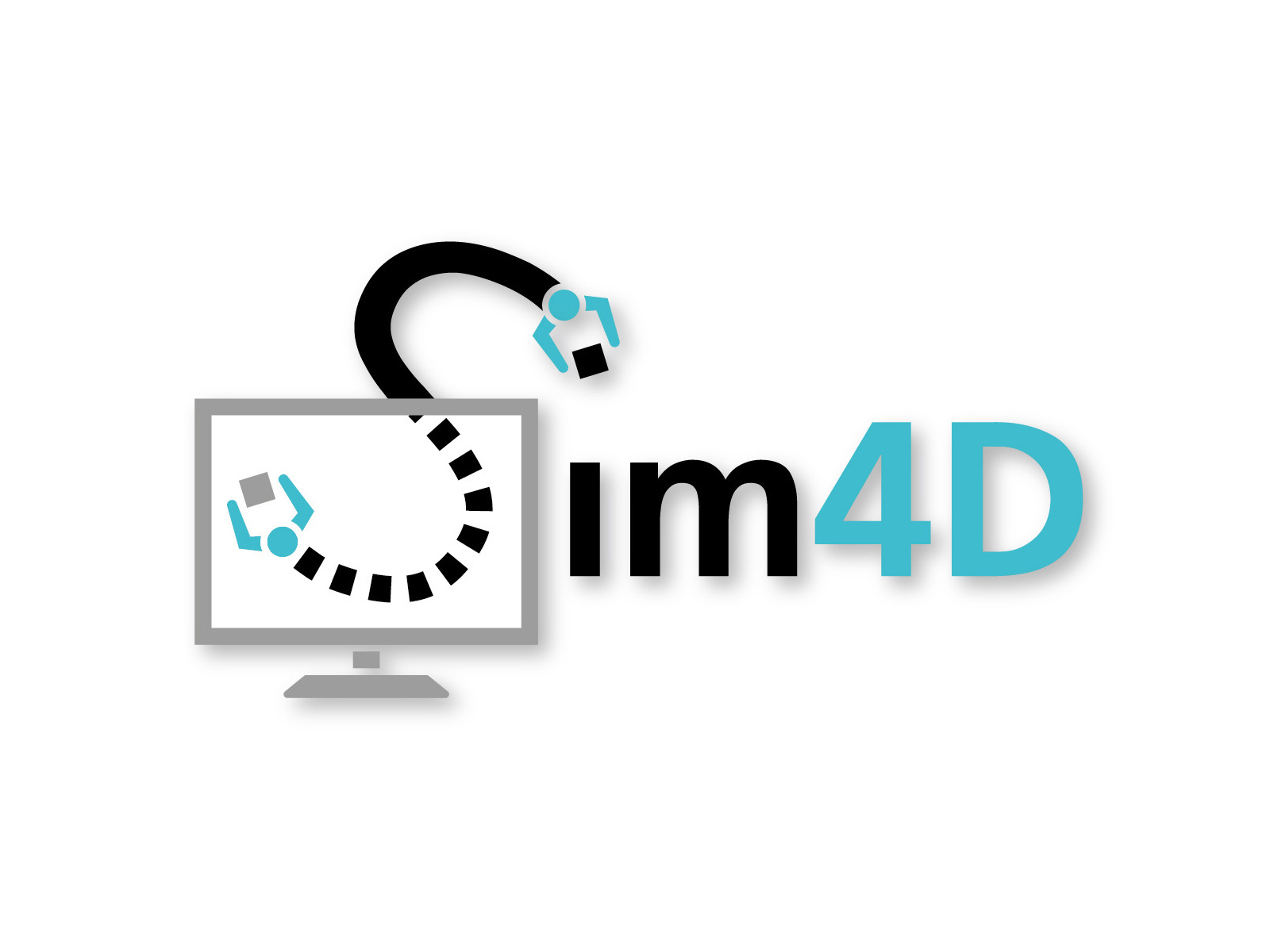Context
Vanderlande is a logistic solution provider for the Airports, Parcel and Warehousing segment. The increasing demand for automation from our customers is pushing us to challenge the limits of state-of-the-art robotic solutions. In today’s logistic operations there is still a lot of heavy manual work in the loading processes. The technical complexity of automated loading solutions is high, but the poor working conditions are increasing the urgency for those solutions. Through this challenge, Vanderlande wants to raise awareness for this topic in the robotics community and scout partners to co-develop robotic loading solutions.
 Multimodal Physics and Sensor Simulation for Synthesizing Training Data for Robot Manipulation
Multimodal Physics and Sensor Simulation for Synthesizing Training Data for Robot Manipulation